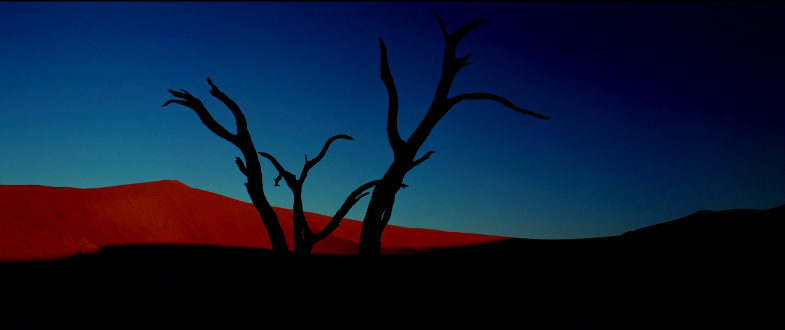
Sitting in a Small Screenhouse on a Summer Morning
Ten more miles, it is South Dakota.
Somehow, the roads there turn blue,
When no one walks down them.
One more night of walking, and I could have become
A horse, a blue horse, dancing
Down a road, alone.
I have got this far. It is almost noon. But never mind time:
That is all over.
It is still Minnesota.
Among a few dead cornstalks, the starving shadow
Of a crow leaps to his death.
At least, it is green here,
Although between my body and the elder trees
A savage hornet strains at the wire screen.
He can’t get in yet.
It is so still now, I hear the horse
Clear his nostrils.
He has crept out of the green places behind me.
Patient and affectionate, he reads over my shoulder
These words I have written.
He has lived a long time, and he loves to pretend
No one can see him.
Last night I paused at the edge of darkness,
And slept with green dew, alone.
I have come a long way, to surrender my shadow
To the shadow of a horse.
It is 1 am and my heart is pounding from these words.



